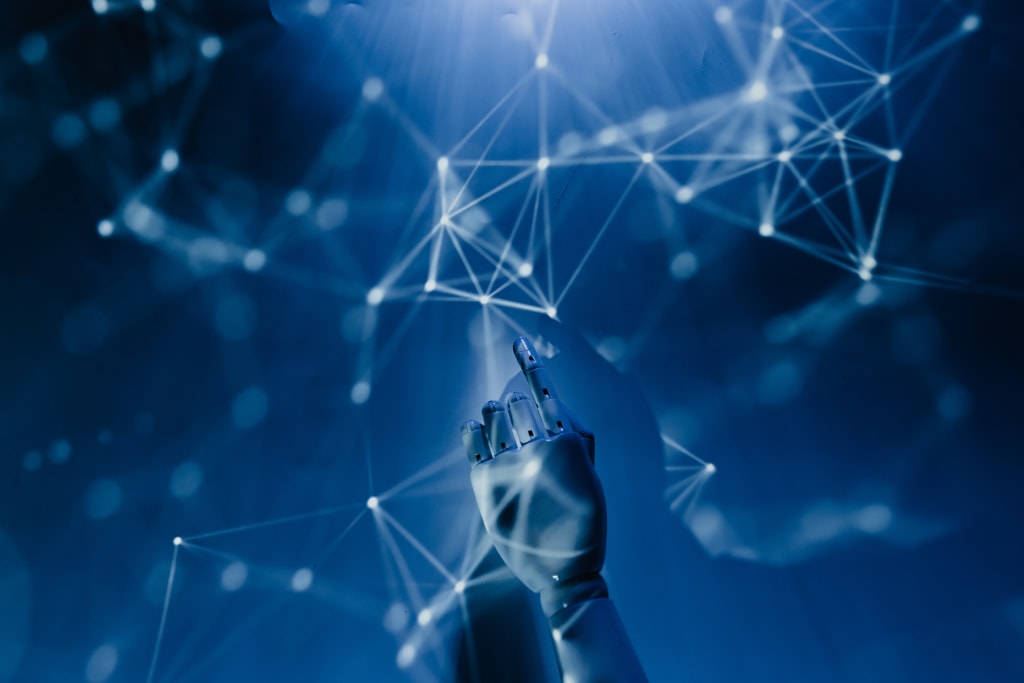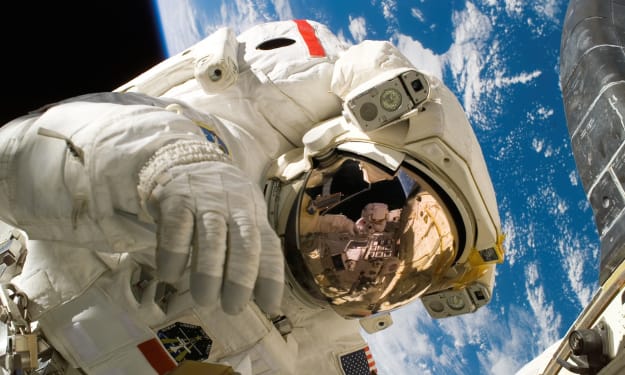
Amidst the grand arenas of the 2021 Australian and US Open tennis championships, a remarkable transformation took place. The traditional line judges, long symbols of human judgment, yielded their roles to the precision of machines. The inexorable march of progress, it seems, had arrived.
The machines now presided with an uncanny accuracy, echoing their calls in a voice strikingly human-like, adding a surreal yet fascinating aspect to the game. The disembodied "Out!" cries, evoking a sense of eeriness, resonated from corners unseen. Yet, this transition, albeit unusual, was remarkably efficient. The swift decisions eliminated the vexing delays from challenging calls, ensuring seamless gameplay.
In an era marked by numerous reports contemplating the imminent AI revolution, sports officiating emerged as an arena ripe for transformation. Predictive studies, including the celebrated work of Frey and Osborne in 2017, had cast a 98% probability on the obsolescence of human-led sports officiating within two decades. The rationale was straightforward: sports decisions hinged on accuracy, a realm where technology excels. Whether a ball is in or out, fair or foulthese eterminations were ideally suited for the precision of AI. Hawk-Eye systems had already outshone human eyes for nearly two decades.
Yet, intriguingly, the advent of smart technology did not signal the exit of human presence from sports officiating. Wimbledon, the venerable bastion of tradition, chose to retain its line judges, a nod to aesthetics and heritage. The lush grass courts, accompanied by the pristine white attire of players, formed a visual spectacle worth preserving. And so, the line judges persisted, now playing a role intertwined with the very fabric of the sport.
Cricket matches, once governed by a mere two umpires, now boasted three, to manage the complex interplay between technology and the human element. Football, with its expanded officiating team and dedicated screen-watchers, painted a picture of modern sports interwoven with AI. Even the NBA Replay Center, an assembly of 25 full-time staff, mirrored the meticulous analysis associated with aerospace operations.
In this era of automation and efficiency, it emerges that the dynamics of jobs are more intricate than sheer precision. Beyond accuracy, there lies a yearning for the human touch, a desire to preserve the semblance of human engagement in the world of machines. Technology, while adept at an array of tasks, cannot replicate the essence of human interaction. The result: the coexistence of machines and humans, fusing tradition and innovation, culminating in a convergence of worlds.
The path ahead is a labyrinth, intricate and uncertain. The onset of AI heralds change, yet the contours of this transformation remain shrouded in mystery. Studies delving into the risks of automation often dissect work into tasks, gauging their susceptibility to machine takeover. But work is more than tasks; it is an interplay of human agency, organizational needs, and societal aspirations.
Creativity, aesthetic judgment, fluid movement, and social nuance form the bulwark of the human sphere. For now, these realms remain our sanctuary. Robots dance, yet their choreography emanates from human creators. However, a task differs from a job—an intricate orchestration tailored to the needs of organizations. Efficiency is vital, yet beyond efficiency lies a yearning for synergy with our creations.
As AI advances, it forges a complex network where humans, machines, and organizations interact. Doctors collaborate with AI in diagnosis, requiring a fusion of skills. The doctor–machine alliance necessitates human oversight, ethics, and adaptation. The age of AI spawns roles for managers, lawyers, and ethicists, navigating this intricate realm.
In this narrative of transformation, history forms a guidepost. Automation's advent has perennially ignited concerns, reshaping labor landscapes. The Industrial Revolution catalyzed progress, resulting in more jobs. Machines replaced tasks, yet new roles emerged, creating a harmonious equilibrium. The automobile era mirrors this pattern, showcasing how tasks transform, generating new avenues.
However, history also offers lessons in caution. The horse, once central to industry, faded as cars surged. Unlike cars, horses couldn't adapt. Could we face a similar fate? Deep learning exhibits the prowess to outpace us in various tasks. Yet, we possess agency, the ability to communicate and choose. Our future hinges on these choices.
Organizations, too, possess agency. We shape our creations, yet they evolve. Machines make choices, becoming more than tools. Just as cars influenced our lives, AI's impact ripples through existence. The future's tapestry intertwines humans, machines, and organizations. It's an intricate symphony, a nexus we must harmonize.
The AI revolution harbors boundless potential: enhancing lives, conquering diseases, and sparking creativity. Yet, its dark facets loom: loss of control, machine dominance. The intelligent systems we forge are reflections of us, both allies and challenges. In this paradigm shift, as we bridge human and artificial realms, let us wield our agency, fostering a world where technology serves humanity, guided by our shared narrative.





Comments
There are no comments for this story
Be the first to respond and start the conversation.